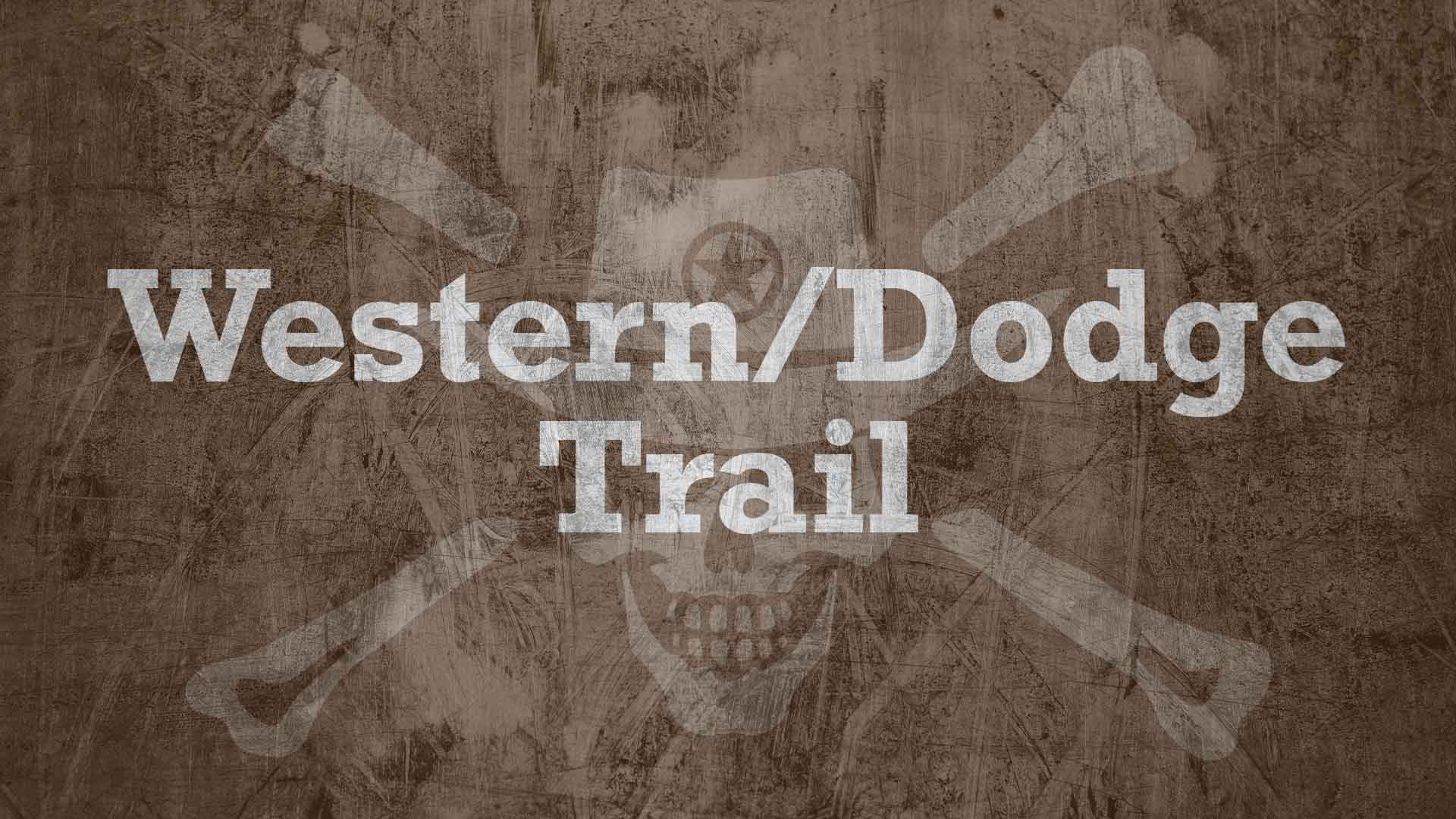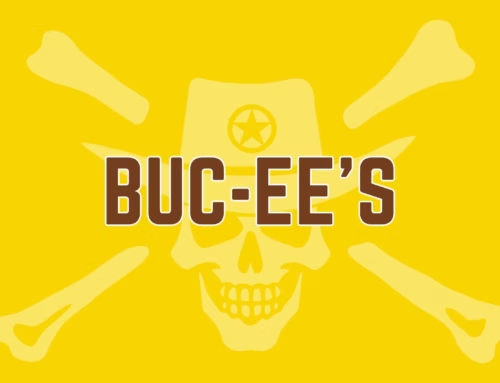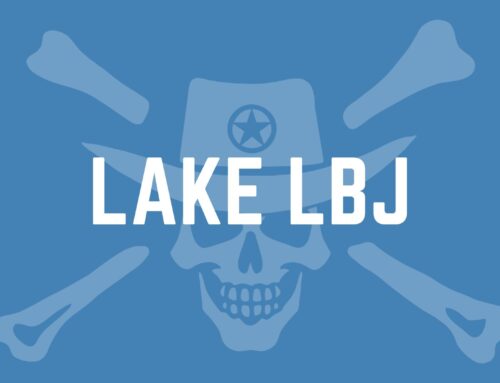Western Trail History: Iconic Cattle Drives and Cowboy Culture
The Western Trail, also known as the Dodge City Trail, is one of the most iconic historic cattle trails in American history. It played a crucial role in the development of the American West, particularly during the late 19th century. This trail was a vital route for driving cattle from Texas to the railheads in Kansas, primarily Dodge City, which became a bustling cattle town as a result.
The Origins of the Western Trail
The Western Trail began to take shape in the early 1870s. Unlike the Chisholm Trail, which served a similar purpose but was primarily used in the earlier 1860s, the Western Trail catered to the growing demand for beef in the Northern United States. Texas, with its vast open ranges and abundant cattle, became the starting point for this trail. The abundance of longhorn cattle in Texas, coupled with the demand for beef in the Northern states, made this route essential for the cattle industry.
Before the Western Trail’s establishment, cattlemen faced significant challenges in transporting their herds to market. The introduction of the trail provided a more organized and efficient route. This ensured the cattle reached their destination in better condition, maximizing profits for ranchers.
Route and Geography
The trail started in southern Texas, including areas near Bandera and Kerrville. From there, it meandered northwards through Fort Griffin and Vernon. It crossed the Red River into Oklahoma and eventually led to Dodge City in Kansas. The route was chosen for its availability of water and grass, essential for the cattle during the long drives. Key stopping points along the trail included these cities, which provided necessary resources and rest for both cattle and cowboys.
As the trail progressed, it adapted to the varying landscapes. It moved from the lush plains of Texas to the rugged terrains of Oklahoma and Kansas. Each section of the trail presented unique challenges. For instance, river crossings required careful planning and coordination among the cowboys.
The Drive
Driving cattle along the Western Trail was no small feat. It required meticulous planning and a team of skilled cowboys. These drives typically began in the spring and could last several months. A single drive could include thousands of cattle. The cowboys had to manage them across rugged terrain, rivers, and sometimes through hostile territory. The journey was not just about moving cattle. It was a test of endurance and skill for the cowboys involved.
Cowboys, often young men seeking adventure, were responsible for maintaining the herd, ensuring the cattle were well-fed and healthy, and protecting them from rustlers and predators. The trail boss, a seasoned cowboy, led the drive. He made critical decisions about the route and timing of the journey. Each cowboy had specific duties, from riding point to ensure the herd stayed on course, to riding drag, which was the dusty and challenging task of keeping stragglers in line.
Life on the Trail
The life of a cowboy on the Western Trail was both adventurous and perilous. They faced numerous challenges, from stampedes and river crossings to encounters with Native American tribes and rustlers. Despite these dangers, the cowboys developed a unique culture characterized by resilience, camaraderie, and a deep connection to the land. Nights on the trail were spent around campfires, where cowboys would sing songs, share stories, and build the camaraderie that was essential for the success of the drive.
Meals were basic, often consisting of beans, biscuits, and coffee, all prepared by the chuckwagon cook, who was an essential part of the trail crew. The chuckwagon, a mobile kitchen, carried all the supplies needed for the journey. The cook, known as “Cookie,” not only prepared meals but also served as a medic and sometimes a counselor for the weary cowboys.
The Impact on Dodge City
Dodge City, Kansas, owes much of its fame to the Western Trail. As the primary endpoint for these cattle drives, Dodge City quickly grew into a major cattle market and a notorious frontier town. The influx of cowboys, cattle buyers, and outlaws contributed to its colorful history and enduring legacy as a symbol of the American Wild West. Saloons, gambling halls, and brothels lined the streets, catering to the cowboys who arrived with pockets full of money after a successful drive.
The economic boom brought by the cattle industry transformed Dodge City into a bustling hub of commerce. The town’s strategic location along the railroad made it an ideal point for shipping cattle to markets in the East. This economic prosperity attracted a diverse population, including merchants, bankers, and entrepreneurs looking to capitalize on the booming cattle trade.
Decline of the Western Trail
The Western Trail saw its peak during the 1870s and early 1880s. However, the expansion of the railroad network and the establishment of new cattle routes eventually led to its decline. By the late 1880s, the trail was largely abandoned. Cattle could be transported more efficiently by rail. The end of the open range era, marked by the introduction of barbed wire and private ranches, also contributed to the decline of the trail.
Despite its decline, the legacy of the Western Trail continued to influence the cattle industry. The development of more efficient transportation methods and the shift towards more sustainable ranching practices were direct results of the lessons learned during the era of the great cattle drives.
Legacy and Historical Significance
The Western Trail remains a significant part of American history. It not only facilitated the cattle industry but also contributed to the mythos of the American cowboy and the development of the West. Today, historical markers and preserved trails commemorate its legacy, allowing us to reflect on this transformative period in American history. The trail’s impact is evident in the countless books, movies, and songs that celebrate the era of the cowboy and the cattle drive.
Reenactments and historical events held along the trail route provide a glimpse into the past. These events offer educational opportunities for new generations to learn about this pivotal period. Museums and heritage centers, such as the National Cowboy & Western Heritage Museum, preserve artifacts and stories from the trail. They ensure its legacy endures.
Key Historical Figures
Several notable figures emerged from the era of the Western Trail. These include cattle barons like John Chisum and trailblazers like Charles Goodnight, who played pivotal roles in the establishment and success of the cattle drives. Their innovations, such as the development of the chuckwagon by Goodnight, revolutionized the way cattle drives were conducted.
Other significant figures include Joseph McCoy, who promoted the use of railroads for cattle transport, and Jesse Chisholm, whose namesake trail was a precursor to the Western Trail. These individuals, through their vision and determination, helped shape the cattle industry and the American West.
Modern-Day Commemoration
Today, the Western Trail is celebrated through reenactments, museums, and historical sites. Towns along the route, such as Dodge City, host events that honor the trail’s heritage. These events attract tourists and history enthusiasts from around the world. They often include cattle drives, rodeos, and cowboy festivals. These provide an immersive experience for visitors.
Modern-day trail rides, organized by historical societies and cowboy associations, retrace sections of the original trail. They offer participants a chance to experience life as it was during the era of the cattle drive. These rides not only honor the past but also foster a sense of community among participants who share a passion for preserving this unique aspect of American history.
Conclusion
The Western Trail was more than just a path for cattle drives; it was a conduit for the expansion of the American frontier and the development of the cattle industry. Its legacy is preserved in the stories of the cowboys who braved its challenges and the towns that flourished because of it. The trail’s influence can still be seen today in the cultural identity of the American West, where the spirit of adventure and resilience continues to inspire.
Recommended Outbound Links
- National Cowboy & Western Heritage Museum
- Dodge City Convention and Visitors Bureau
- The Handbook of Texas Online





